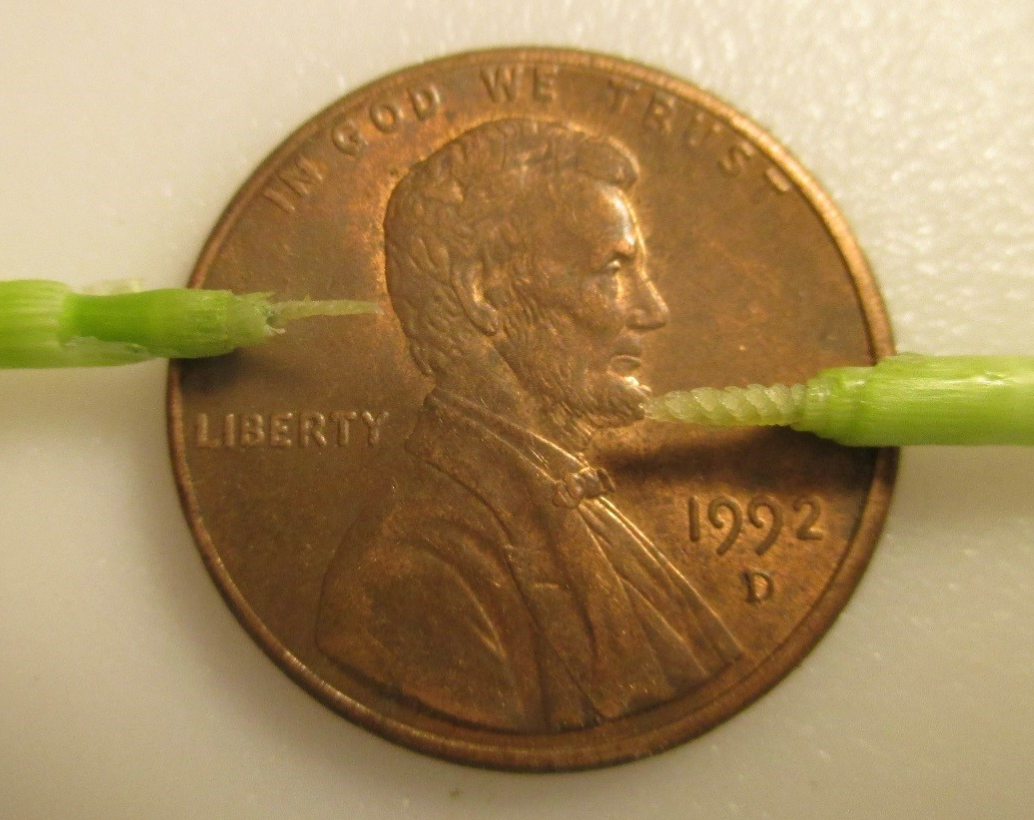Even though the calendar says spring, the weather does not always cooperate. Snow is predicted to hit some parts of Maryland later this week, particularly Northern Maryland. Producer’s may be wondering what the risk for damage may be to their wheat with this late snowfall event.
Winter wheat is of course a cold-hardy crop. A good stand of wheat that was planted at the proper depth and has two or more tillers going into the winter has a very high tolerance for freeze injury; down to about –10°F. As the plants come out of their winter dormancy and begin to green up, their tolerance drops to about 10-15°F. Once the wheat reaches Feekes 6 and begins to joint, the main growing point and the grain head emerge from beneath the soil surface, thus exposing the most important parts of the plant to the elements. Once wheat reaches this stage, the plants can only tolerate temperatures as low as 15°F at the beginning of jointing, and 28°F towards the end of jointing.
For wheat that has jointed, exposure to temperatures below 28°F for more than two hours can cause noticeable damage, including leaf burn, which is mostly cosmetic and plants will generally grow out of it if sufficient nitrogen is present; but in more severe cases the developing grain head can be injured. In this case, significant yield reductions will occur.

To assess the damage after a spring freeze, pull back the leaves and stems from the main tiller of some wheat plants, exposing the developing grain head. A healthy grain head will be plump, turgid, somewhat green/green-yellow, slightly translucent, with very distinct and well defined edges (Figure 1, right). A freeze-damaged grain head will be limp, shriveled, milky discoloration, and will not be well defined (Figure 1, left). Note that these growing points are very small, so you’ll likely need a hand lens to observe these structures and a very sharp razor blade to do the dissections.
Dr. Carrie Knott, agronomist at University of Kentucky, has a great instructional video on how to dissect a wheat plant and assess freeze damage. The video can be found here.
 s likely damaged much of the wheat crop in Kentucky. The extent and severity of the damage will be better known one to two weeks after the freeze when baseline estimates can be made. Normally, producers would have three options to deal with wheat stands that have been damaged at this stage:
s likely damaged much of the wheat crop in Kentucky. The extent and severity of the damage will be better known one to two weeks after the freeze when baseline estimates can be made. Normally, producers would have three options to deal with wheat stands that have been damaged at this stage: